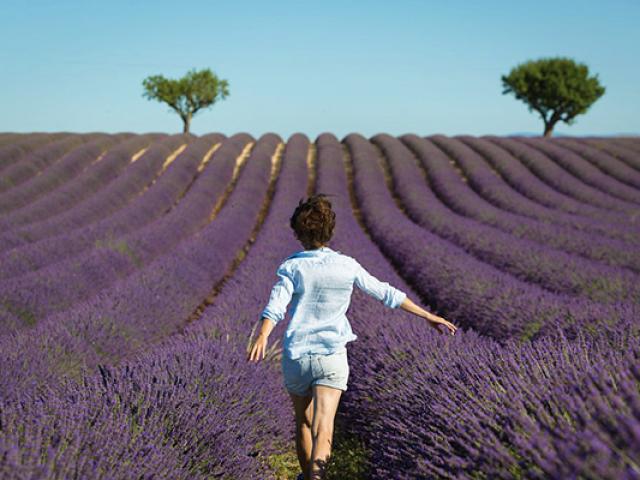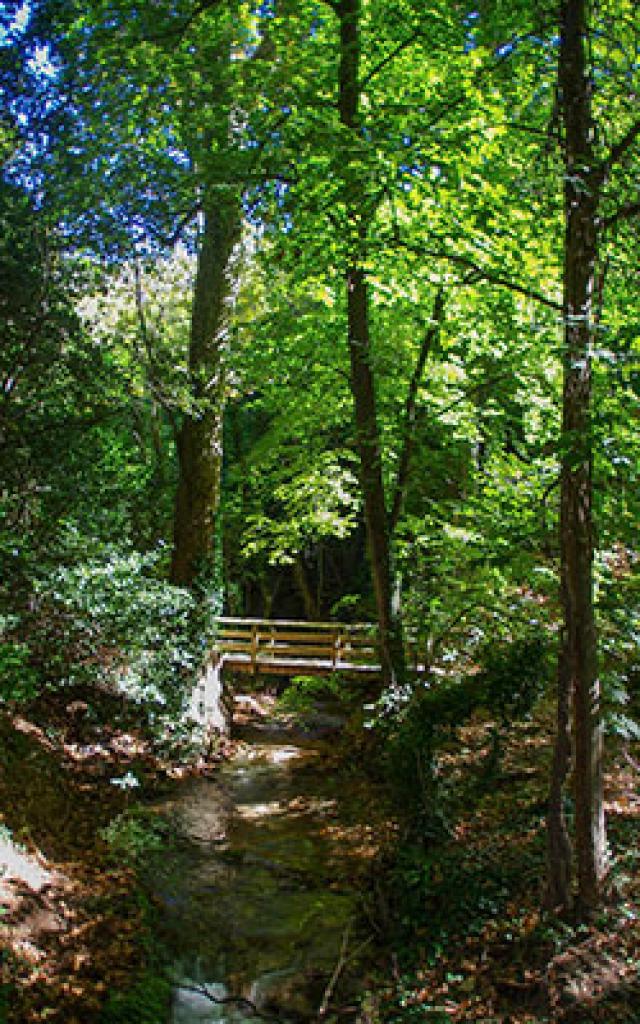Lavender
As far as the eye can see
A symbol of Provence, lavender adorns the landscapes of Provence from mid-June to late August. Its properties have been known for centuries: Romans used it to perfume their bath water and in medieval times it was incorporated in medicinal and cosmetic preparations. It grows wild in the chalky hills of Provence, thriving at altitudes of between 500 and 1,700 metres. Lavender was first farmed in the 19th century. If you want to admire a spectacular show as far as the eye can see, head to the Haute-Provence area, the vast plateaux of Valensole and Contadour, and vicinity of Digne. You will also find lavender fields in Vaucluse, on the Plateau d’Albion and in the Luberon.





